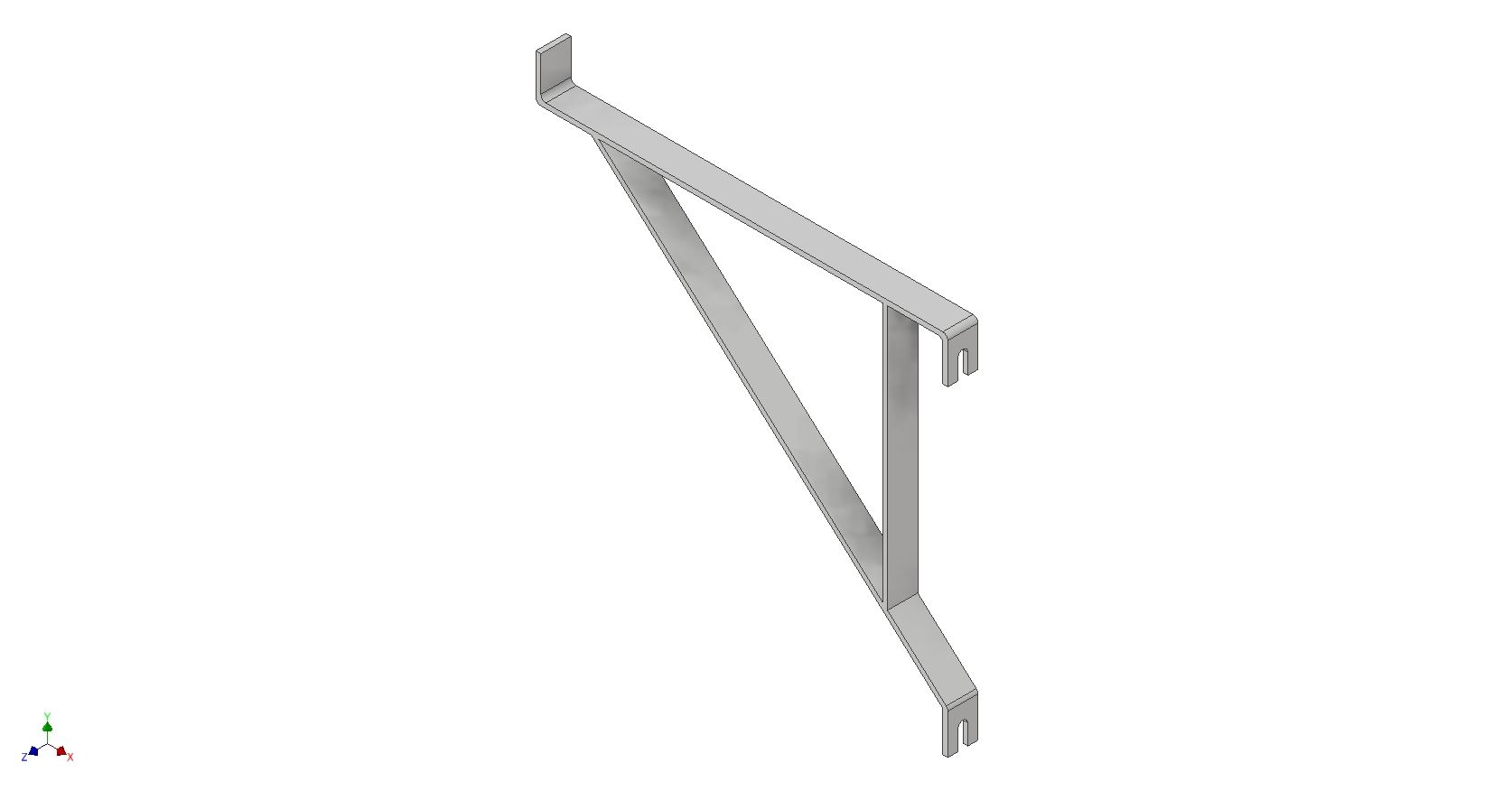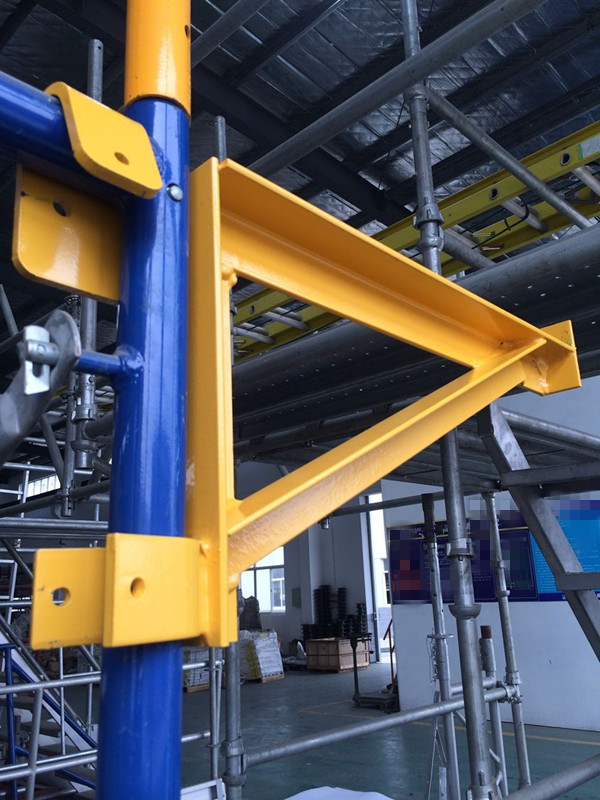

- FABRICATED FRAME SCAFFOLD BRACKETS FULL
- FABRICATED FRAME SCAFFOLD BRACKETS PORTABLE
FABRICATED FRAME SCAFFOLD BRACKETS FULL
Note that the worker is wearing a safety belt, whereas the new standard requires a full body harness. An example of a lanyard attached to a vertical lifeline. Uniform tread depth, within ¼-inch, for each flight of stairs.Greater variations in riser height are allowed for the top and bottom steps of the entire system (not for each flight of stairs).
 Uniform riser height, within ¼-inch, for each flight of stairs. Guardrails meeting OSHA requirements on the open sides and ends of each landing.
Uniform riser height, within ¼-inch, for each flight of stairs. Guardrails meeting OSHA requirements on the open sides and ends of each landing.  Stairways installed between 40 degrees and 60 degrees from the horizontal. Slip-resistant surfaces on treads and landings. A scaffold stairway width of at least 18 inches between stair rails. A landing platform at least 18 inches wide by 18 inches long at each level. A distance of no less than 28 inches and no more than 37 inches from the upper surface of the stair rail to the forward edge of the tread, in line with the face of the riser. A space of at least 3 inches between handrails, or stair rails used as handrails, and other objects. Ends of stair rails and handrails constructed so that they do not constitute a projection hazard. Stair rails and handrails surfaced to prevent punctures or lacerations to employees, and to prevent snagging of clothing. Sufficient handhold on handrails, and toprails serving as handrails, for employees grasping them to avoid falling. A toprail of each stair rail system capable of serving as a handrail, unless a separate handrail is provided. A stair rail consisting of a toprail and a midrail on each side of the stairway. Stair towers (scaffold stairway/towers) must have (Figure 7): Have rest platforms provided at a maximum of 35 foot vertical intervals. Have rungs which are uniformly spaced and a length of at least 8 inches, with a maximum space between rungs of 16¾ inches. Not be used as work platforms when rungs are less than 11½ inches in length, unless each affected employee uses appropriate fall protection. Be specifically designed and constructed for use as ladder rungs. Integral (built-in) scaffold access frames must: Stair tower with stair rail, including toprail and midrail. Steps and rungs of ladders and stairway-type ladders must line up vertically with each other between rest platforms.
Stairways installed between 40 degrees and 60 degrees from the horizontal. Slip-resistant surfaces on treads and landings. A scaffold stairway width of at least 18 inches between stair rails. A landing platform at least 18 inches wide by 18 inches long at each level. A distance of no less than 28 inches and no more than 37 inches from the upper surface of the stair rail to the forward edge of the tread, in line with the face of the riser. A space of at least 3 inches between handrails, or stair rails used as handrails, and other objects. Ends of stair rails and handrails constructed so that they do not constitute a projection hazard. Stair rails and handrails surfaced to prevent punctures or lacerations to employees, and to prevent snagging of clothing. Sufficient handhold on handrails, and toprails serving as handrails, for employees grasping them to avoid falling. A toprail of each stair rail system capable of serving as a handrail, unless a separate handrail is provided. A stair rail consisting of a toprail and a midrail on each side of the stairway. Stair towers (scaffold stairway/towers) must have (Figure 7): Have rest platforms provided at a maximum of 35 foot vertical intervals. Have rungs which are uniformly spaced and a length of at least 8 inches, with a maximum space between rungs of 16¾ inches. Not be used as work platforms when rungs are less than 11½ inches in length, unless each affected employee uses appropriate fall protection. Be specifically designed and constructed for use as ladder rungs. Integral (built-in) scaffold access frames must: Stair tower with stair rail, including toprail and midrail. Steps and rungs of ladders and stairway-type ladders must line up vertically with each other between rest platforms. 
Have slip-resistant treads on all steps and landings.Have a minimum step width of 16 inches, except for mobile scaffold stairway-type ladders, which shall have a minimum step width of 11½ inches, and.Have rest platforms at maximum vertical intervals of 12 feet,.Be positioned so that their bottom step is not more than 24 inches above the scaffold supporting level,.Have rest platforms provided at a maximum of 35-foot vertical intervals.Have minimum rung length of 11½ inches.Have uniform spacing between rungs of a maximum 16¾ inches.Be positioned so that their bottom rung is not more than 24 inches above the scaffold supporting level.Hook-on and attachable ladder rungs must:.Hook-on and attachable ladders must be specifically designed for use with the type of scaffold on which they are used.Portable, hook-on, and attachable ladders must be positioned so as not to tip the scaffold.
FABRICATED FRAME SCAFFOLD BRACKETS PORTABLE
Example of a frame scaffold with portable ladder for access.








 0 kommentar(er)
0 kommentar(er)
